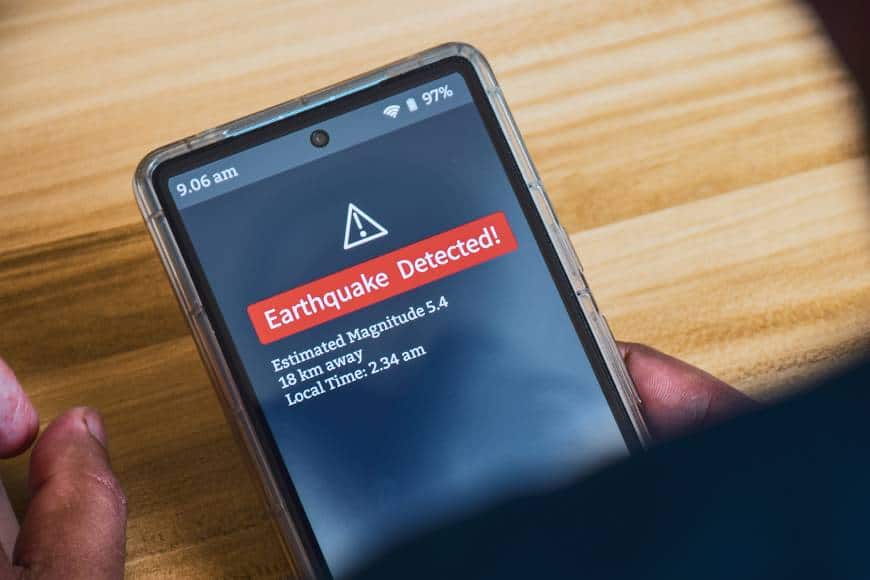British Columbia is located on the Pacific Ring of Fire and is therefore within a seismically active region with thousands of tremors recorded annually and a significant chance of a major earthquake in the next 50 years. This reality is the reason that understanding earthquake insurance is a crucial component of financial preparedness for BC residents.
Earthquake Insurance Explained
Unlike standard home insurance policies that typically cover perils such as fire, theft, and some forms of water damage, earthquake insurance is usually purchased as additional coverage. However, some mortgages, particularly those provided by private lenders, require earthquake insurance, and in today’s market, many insurers are declining to insure high-risk areas such as Richmond and Delta. Your Murrick Group insurance agent can help you to find the earthquake insurance that will provide you and your home with the coverage you need.
Earthquake Insurance Coverage
Earthquake insurance generally covers:
- Structural damage – costs to repair or rebuild your home’s physical structure, including the foundation, walls, and roof that are damaged by earthquake shaking
- Detached structures – costs to repair or rebuild other buildings, such as garages and sheds on your property
- Personal property – costs to repair or replace your belongings, such as furniture, electronics, clothing, appliances that are damaged or destroyed
- Additional living expenses – if your home is uninhabitable due to earthquake damage, assistance in paying for temporary accommodations, meals, and other increased living costs while your home is being repaired or rebuilt
- Fire following an earthquake – in some cases, if a gas line breaks due to an earthquake and causes a fire, costs resulting from the fire damage. Your Murrick Group insurance agent will determine whether or not your base insurance policy covers this type of fire damage
Earthquake Deductibles
Standard home insurance deductibles are typically fixed dollar amounts, such as $1,000 or $2,500. Earthquake deductibles are almost always a percentage of your home’s insured value or total loss amount. The percentage can range from 5% to 20%, with 10% to 15% being common nowadays. For example, if your home is insured for $800,000 and your earthquake deductible is 10%, you would be responsible for the first $80,000 of damage before your insurance policy begins to pay. This substantial deductible amount results in many homeowners initially not wanting to purchase earthquake coverage, but we encourage you to weigh this cost against the potential for catastrophic loss.
Strata Properties
If your home is part of a strata property, your strata corporation is required to insure the common property and the building’s structure. Your strata’s insurance should include earthquake coverage, especially in high-risk areas such as the BC Lower Mainland. The deductible is often 10% to 15% of the entire building’s insured value, and each strata unit owner is responsible for covering a portion of that deductible, based on the square footage of their unit. As a unit owner, you will most likely be required to pay for your portion of your strata’s earthquake deductible through a special assessment. Your personal contents insurance, which covers your personal belongings, upgrades you’ve made on your unit, and additional living expenses, should also include earthquake loss assessment coverage for your portion of the strata’s earthquake deductible.
A Step Towards Financial Resilience
Understanding the risks of a major earthquake in your area and purchasing the appropriate insurance to protect you and your family against catastrophic financial loss from such an event is a step towards strengthening your financial resilience. Please contact your Murrick insurance agent to discuss your earthquake insurance needs.
Call for Free Review of Your Home Insurance
Your Murrick Group insurance agent is available to review your home insurance at no cost and with no obligation. Please call us if you have any questions about your insurance policy or if we can help you to understand your coverage.
Written by Andy Tan




